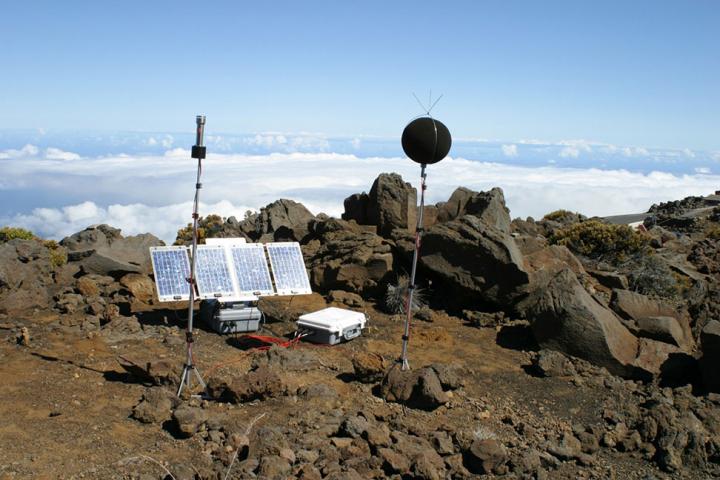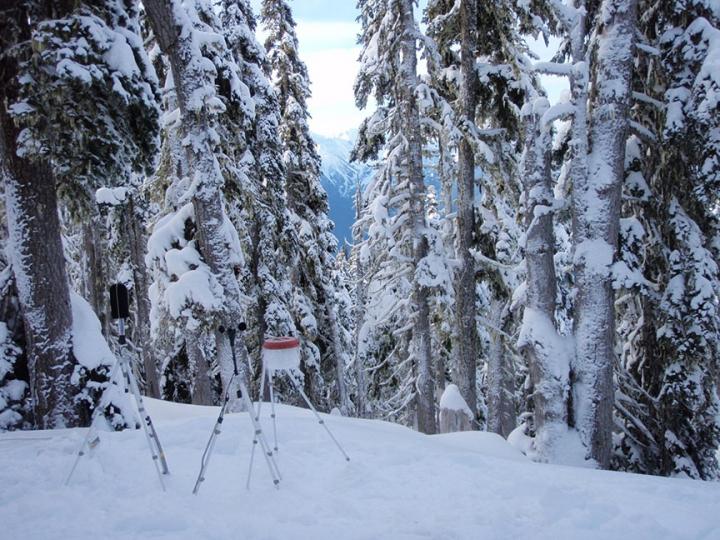National Park Service scientists analyzed nearly 1 million 10-second audio recording samples from national parks across the country and discovered a small increase in bird sound detection when an aircraft sound is also detected.
On average, across all parks monitored, the odds of hearing a bird sound increases by 2% when aircraft sound is detected within that 10-second sample, a surprise to the scientists.

During the 178th Meeting of the Acoustical Society of America, held Dec. 2-6, at the Hotel del Coronado in San Diego, Kurt Fristrup will present the National Park Service’s findings and how human responses to noise might be studied.
“We might have predicted a decrease in our ability to detect the calls due to coincident noise,” he said. “Still more unexpected, there is a statistically significant effect of the history of exposure. For aircraft sounds, the increased sound detection decays with time, but there is a measurable effect out to three hours.”
[ad_336]
The historical effects are additive, he said, in the sense that an aircraft from two hours ago might elevate detection probability by 0.3%, and an aircraft from 10 minutes ago might elevate detection probability by 2.3%.
Fristrup and Nathan Kleist are still working on the aggregate effects of current noise exposure histories across all sites. “Given the histories of noise exposure within our data, how much are bird sound detection rates increased above the natural, noise-free condition? We’re preparing a manuscript to provide more detailed documentation of these results,” Fristrup said.

An increase in vocal activity of a few percent would be difficult to measure without this massive dataset.
“The extensive presence of aircraft noise exposure in time and space implies that birds are chronically producing more sound in many locations,” Fristrup said. “We’ll reanalyze existing data to determine the types of sounds that are more common – song, call notes, etc. – and which species of birds are affected.”
Future field studies might explore physiological and demographic correlates of altered acoustic behavior.
“If findings emerge of significant physiological or ecological consequences for wildlife, then aircraft noise may be grouped with other environmental concerns for which dilution is not the solution,” he said.
[rand_post]
The analysis also provides a model for more detailed studies of human responses to noise.
“Community noise studies and regulations adopt arbitrary intervals to summarize noise exposure: 60 minutes, 24 hours or 365 days,” Fristrup said. “It’s likely that annoyance, awakenings and health effects respond to noise on different time scales.”
Fristrup’s presentation 3aAB5, “Exploring the effects of aircraft noise on bioacoustic activity in national parks,” will be at 9:25 a.m. PT, Wednesday, Dec. 4, in the Edison room of the Hotel del Coronado in San Diego.